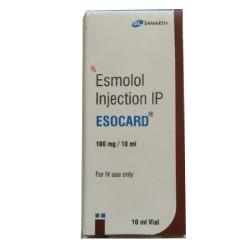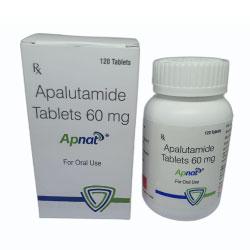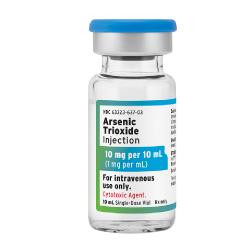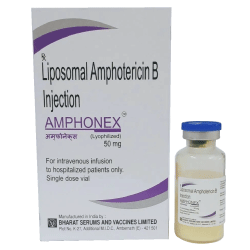Description
Beta-adrenergic blockers like esmolol injection are prescribed for the temporary management of:
- Control of heart rate in noncompensatory sinus tachycardia and control of ventricular rate in supraventricular tachycardia, which includes atrial fibrillation and atrial flutter.
- Management of hypertension and perioperative tachycardia.
FAQ's
What is Esmolol?
Esmolol is a medication classified as a cardio-selective beta-blocker. It’s known for its short-acting nature and falls under the class-II antiarrhythmic agents.
How does Esmolol work?
Esmolol acts by selectively blocking beta receptors in the heart. By doing so, it reduces the workload on the heart and helps regulate heart rhythm.
What conditions does Esmolol treat?
Esmolol is primarily used to manage rapid heart rate (tachycardia) and irregular heart rhythms (arrhythmias) that require immediate control.






